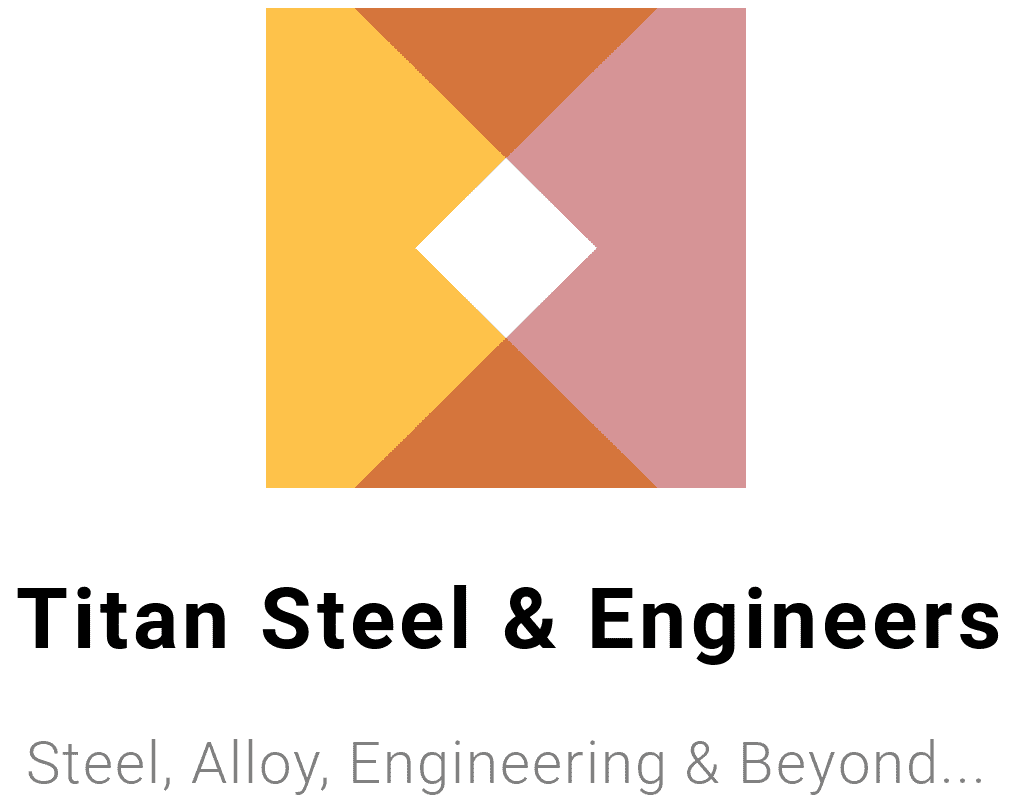Steel Torsion Springs: Essential Insights for Engineers and Manufacturers
Understanding Steel Torsion Springs
steel torsion spring are versatile mechanical components found in various industries, ranging from automotive to consumer products. A torsion spring works by storing mechanical energy when twisted and releasing it when the force is relieved. Their robust functionality, combined with durability and strength, makes them essential in many applications, including garage doors, industrial machinery, and even small-scale mechanisms like clipboards or mousetraps.
Why Choose Steel Torsion Springs?
The primary advantage of steel torsion springs lies in their excellent balance between flexibility and strength. Steel offers exceptional fatigue resistance, ensuring that these springs maintain structural integrity even after multiple cycles. Additionally, steel’s availability in various grades and its adaptability to different applications make it a preferred choice for engineers and manufacturers alike.
Materials and Manufacturing of Steel Torsion Springs
Grades of Steel Used
The type of steel used in torsion springs has a significant impact on performance. Popular options include:
- Carbon Steel: Affordable and highly durable, carbon steel is ideal for general-purpose applications.
- Alloy Steel: Enhanced with additional elements like chromium or vanadium, alloy steel provides improved strength and wear resistance.
- Stainless Steel: Known for its corrosion resistance, stainless steel is perfect for environments exposed to moisture or chemicals.
The Coiling Process
Manufacturing steel torsion springs begins with a process called coiling. This involves wrapping a length of steel wire around a mandrel to achieve the desired helical shape. Advanced CNC machinery ensures precision in diameter, pitch, and number of coils. Uniformity is critical because even slight inconsistencies can affect the spring’s performance.
Ensuring Quality Control
High-quality torsion springs undergo rigorous testing to meet industry standards. Methods include fatigue testing to review the spring’s lifespan and torque testing to confirm it can handle predicted loads. Non-destructive examinations, like ultrasonic testing, may also be conducted to detect internal flaws.
Design Considerations for Optimal Performance
The effectiveness of a steel torsion spring relies heavily on its design. Engineers must take several factors into account to ensure optimal performance and longevity.
Calculating Torque
Torque is the spring’s ability to resist force at a twisting moment. It’s determined by the equation:
Torque = Force × Radius
Understanding the torque requirements of your application helps you choose the right spring design, including wire diameter and number of coils.
Stress and Fatigue Life
Stress distribution along the spring is a critical consideration. Over-stressing the material can lead to premature failure. Finite element analysis (FEA) is commonly used to simulate and predict stress points, ensuring springs are designed within safe operational limits. Fatigue life testing also predicts how many cycles the spring can endure before degradation.
Choosing the Right Finish
To enhance durability, springs can be treated with surface coatings like zinc plating for corrosion resistance or shot peening to reduce the likelihood of surface cracks. These finishes are particularly critical in applications involving harsh environmental conditions.
Real-World Applications of Steel Torsion Springs
Steel torsion springs play a vital role across various industries. Here are some of their most common applications:
Automotive Industry
Torsion springs are heavily utilized in vehicles. For example, they provide the torsional force needed to operate trunk lids, doors, and other moving parts efficiently.
Industrial Machinery
Many machines rely on torsion springs for tasks requiring controlled rotational energy. These include conveyor systems, robotic arms, and manufacturing equipment.
Consumer Products
On a smaller scale, torsion springs are found in everyday items such as mousetraps, clothespins, and retractable pens. Their compact size and reliability make them suitable for these lightweight applications.
Aerospace and Defense
Aerospace-grade torsion springs are designed to withstand extreme forces and environmental conditions, making them crucial for mission-critical tasks in aircraft and defense equipment.
Maintenance and Troubleshooting Steel Torsion Springs
To ensure steel torsion springs perform effectively and have a long operational life, proper maintenance and troubleshooting are essential.
Inspection
Regular visual inspections can help identify early signs of wear, including physical deformations, fractures, or discoloration. Any component showing these signs should be replaced immediately to prevent systemic failure.
Lubrication
Proper lubrication reduces friction between the coils, extending the spring’s life and improving operational efficiency. When working in demanding conditions, select lubricants designed to resist moisture, dust, and extreme temperatures.
Addressing Common Issues
- Broken Coils: Caused by excess stress or poor-quality material. Always adhere to the specified load parameters and use high-quality springs.
- Loss of Torque: May result from fatigue or overstretching. If this happens, the spring likely needs replacement.
- Corrosion: Stainless steel or coated springs can minimize this issue in corrosive environments.
The Future of Steel Torsion Springs
Advancements in materials and technology are revolutionizing the torsion spring industry. Emerging innovations, such as nanomaterial coatings and additive manufacturing, promise even longer lifespans and unmatched customizability for springs in specialized applications.
By continuing to prioritize high-quality materials and intelligent design, steel torsion springs will maintain their status as indispensable components in engineering and manufacturing projects worldwide.

